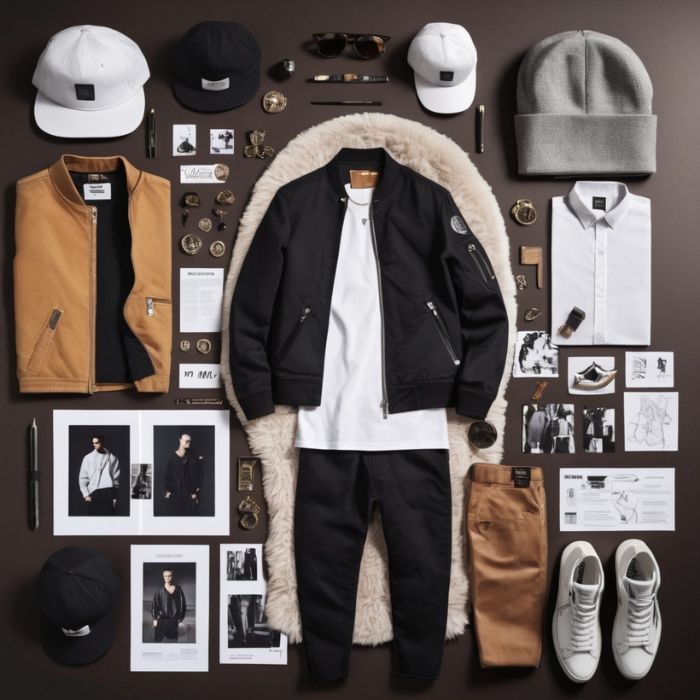Best Graphic Design Tools for Non-Designers in 2025
Graphic design is not for just a few. Graphic designing online handy tools are so simple that they can be easily used by a non-designer and get experts like artwork used for social media, sites, marketing materials, and presentations. Be it a single business owner, content creator, or marketer, one can design beautiful graphics highly professional through the right tool without needing to learn advanced design skills.
Of course, so many options are available. Which graphic design software for anyone who isn’t a designer in 2025 will find in this guide? This guide will explore the top graphic design tools, compared on their ease of use, features, pricing, and best use cases to help you find the perfect fit.
Add AI writing tool-generated text in your complete marketing material with designs.
Table of Contents
Why You Need a Good Graphic Design Tool
A great design tool can help you:
- Create professional-quality graphics with ease.
- Save time and money by avoiding expensive designers.
- Enhance brand consistency with customizable templates.
- Improve marketing efforts with engaging visuals.
- Collaborate efficiently with team members.
Quick Comparison Table
| Design Tool | Best For | Price | Key Features |
|---|---|---|---|
| Canva | Best Overall | Free/$ | Drag-and-drop, templates, team collaboration |
| Adobe Express | Best for Branding | Free/$ | Logo maker, brand kit, animations |
| Visme | Best for Presentations | $$ | Infographics, slides, data visualizations |
| Snappa | Best for Social Media | $ | Social media templates, easy resizing |
| Piktochart | Best for Infographics | $ | Customizable charts, reports, and visuals |
| Crello (VistaCreate) | Best for Motion Graphics | Free/$ | Animation tools, video creation, templates |
Best Graphic Design Tools for Non-Designers (In-Depth Review)
1. Canva (Best Overall Graphic Design Tool)
Why Choose Canva?
- Easy drag-and-drop editor with thousands of templates.
- Pre-designed templates for social media, presentations, and marketing materials.
- Collaboration features for teams and businesses.
Key Features
- Customizable templates for every purpose.
- Stock photos, icons, and fonts included.
- One-click background remover (Pro version).
- Brand kit for consistent branding.
Pros:
✔️ User-friendly interface. ✔️ Huge library of free assets. ✔️ Ideal for beginners and professionals alike.
Cons:
❌ Limited advanced editing features. ❌ Some premium assets require a subscription.
Best For: Small businesses, content creators, and marketers who need a quick and easy design tool.
➡️ Start designing with Canva today!
Use video editing software to enhance your multimedia content strategy.
2. Adobe Express (Best for Branding & Logos)
Why Choose Adobe Express?
- Simplifies logo creation and branding.
- Pre-made brand kits for cohesive designs.
- Easy animations and social media templates.
Key Features
- AI-powered logo maker.
- Quick resize options for different platforms.
- Custom fonts and color palettes.
Pros:
✔️ Great for small business branding. ✔️ Fast, simple, and easy to use. ✔️ Integration with other Adobe tools.
Cons:
❌ Not as advanced as Photoshop. ❌ Limited free features.
Best For: Entrepreneurs and small businesses looking for an easy branding solution.
➡️ Build your brand with Adobe Express!
3. Visme (Best for Presentations & Infographics)
Why Choose Visme?
- Ideal for professional presentations, reports, and infographics.
- Advanced customization options for visual storytelling.
- Interactive elements for engaging presentations.
Key Features
- Drag-and-drop slide creator.
- Chart and data visualization tools.
- Customizable business templates.
Pros:
✔️ Perfect for business reports and storytelling. ✔️ Offers interactive infographic features. ✔️ Professional-grade visual assets.
Cons:
❌ More complex compared to Canva. ❌ Paid plans required for full functionality.
Best For: Businesses and educators needing professional presentations.
➡️ Create stunning presentations with Visme!
For content marketers, combining graphics with social media management tools can improve reach and engagement.
4. Snappa (Best for Social Media Graphics)
Why Choose Snappa?
- Designed for quick social media graphics.
- One-click resize for multiple platforms.
- Ideal for marketers, bloggers, and small businesses.
Key Features
- Pre-sized social media templates.
- Easy text and image editing.
- Team collaboration tools.
Pros:
✔️ Saves time with quick resizing. ✔️ Beginner-friendly interface. ✔️ Large library of social media assets.
Cons:
❌ Limited advanced design features. ❌ Smaller template library compared to Canva.
Best For: Social media marketers and small businesses needing quick, high-quality posts.
➡️ Enhance your social media visuals with Snappa!
5. Piktochart (Best for Infographics & Reports)
Why Choose Piktochart?
- Specializes in infographics, data visualization, and reports.
- Drag-and-drop editor for creating engaging visuals.
- Easy import of data for custom charts.
Key Features
- Infographic and presentation templates.
- Charts, maps, and data widgets.
- Custom color themes and branding tools.
Pros:
✔️ Best tool for data visualization. ✔️ Ideal for reports and presentations. ✔️ Great for businesses and educators.
Cons:
❌ Not suited for general graphic design.
Best For: Professionals needing high-quality infographics and reports.
➡️ Create engaging infographics with Piktochart!
Final Thoughts: Which Graphic Design Tool is Right for You?
- Best Overall: Canva (Easy to use with a large template library.)
- Best for Branding & Logos: Adobe Express (Pre-made branding kits & logo maker.)
- Best for Presentations & Infographics: Visme (Advanced customization & data visualization.)
- Best for Social Media Graphics: Snappa (Quick resizing & ready-made templates.)
- Best for Infographics & Reports: Piktochart (Data-driven visuals for business reports.)
➡️ Start designing with the best tool today!







